Gor Blimey! The WW1 British Winter Service Dress Cap, 1914-1916
During the winters of 1914 and 1915, frontline British soldiers received the “Cap, Winter, Service Dress.” Though warm, the cap’s ungainly appearance led WWI soldiers to call it the “Gor Blimey.”
Me father was a fireman, now what do ye think of that?
He wears gorblimey trousers and a little gorblimey hat,
He wears gorblimey stockings and a little gorblimey coat,
Me father is a fireman on an Elder Dempster boat.
—English folk song, ca. 1898
Great Britain had one of the world’s best-trained and best-equipped armies when Germany invaded Belgium in August 1914. The King’s soldiers carried one of the best rifles in the world, the Short Magazine Lee Enfield (SMLE). They carried their load in the most modern and efficient accouterments, the Pattern of 1908 (P08) Webbing. And, they were one of the few national forces to wear any form of camouflage uniform, the khaki Service Dress (SD).
THE SERVICE DRESS UNIFORM
When Great Britain’s first troops arrived on the continent to defend against the advancing German juggernaut, they were wearing the 1902 Pattern Service Dress tunic and trousers. The woolen jacket had two breast pockets for personal items and the soldier’s AB64 Pay Book, two smaller pockets for other items, and an internal pocket under where the First Field Dressing was kept. Rifle patches sewn above the breast pockets provided protection from the load-bearing kit and rifle. Sewn-in shoulder fastened with brass General Service buttons allowed enough space to accommodate a brass regimental shoulder title.
THE SERVICE DRESS CAP
The Service Dress included a stiffened visor cap made of the same material. The cap had a very stiff flat top and a small, slightly pointed front peak (visor). The same khaki wool as used on the top and sides of the cap covered the top of the peak whereas the underside was not covered.
When first introduced, the top of the Service Dress cap sat very flat—almost horizontal. By the time troops sailed for Europe, however, a small stiffener had been added to the front of the caps, giving the tops a more sloped appearance.
Each Service Dress cap had a leather chin strap secured by two General Service buttons. Though issued with a stiffener in the crown, photographic evidence reveals that during the first winter of the war, many soldiers opted to remove it.
But any attempt the soldiers made to make the cap more comfortable were not adequate to fend off the cold during the winter of 1914-1915. The inadequacy of the SD cap quickly became apparent. The accompanying “cap comforter” (balaclava) was difficult to wear with the SD cap. Regardless, it didn’t provide much protection against the cold weather.
WINTER SERVICE DRESS CAP—GOR BLIMEY
Great Britain needed to derive something to keep her soldiers’ ears warm. The crisis led to the rapid design and introduction of the “Cap, winter, Service Dress”, but to the troops in the trenches, it became universally known as the “Gor Blimey” (“Gor Blimey” is a variation of “Gawd Blimey” or “Cor Blimey”. They are all a corruption of the oath “God Blind Me”).
The Winter SD cap was made from the same drab wool as the standard cap. Rather than a rigid stiffening in the crown, sides and visor, however, the Winter SD cap was a “soft” cap featuring heavy padding and quilted shirt material lining.
The wearer obtained extra protection from the elements by lowering the cap’s external neck flap. When not in use, the flap was folded up onto the top of the cap and secured with a cloth slider. The winter cap was issued with a companion waterproof cover. Made of khaki oilcloth, the cover had an attached neck flap that tied up to the crown when not in use. The winter cap may not have afforded the smartest appearance, but to the soldiers in the cold, front lines, the new cap was a warm, welcome addition to their kit.
General Register Office (GRO) 377 27/11/1914 authorized the first issuance of the winter cap. It was never intended, nor authorized, for wear in the UK, but rather, only for troops on active service. Soldiers who were still in England were required to wear the standard SD cap. Only those designated for overseas service were to receive the winter cap. Soldiers assigned permanently to the Lines of Communication in France did not receive the winter caps.
The following winter, the British high command continued to rely on the Gor Blimey and authorized the wear of the cap in France when it issued GRO 1201 on October 11, 1915, authorizing the winter scale of issue for the winter of 1915/1916. Though the troops liked the cap’s relaxed look and functionality, the Gor Blimey was extremely unpopular with the Command Structure who regarded the cap as ungainly and distinctly un-military.
Despite its unpopularity with the British high command, wear of the Gor Blimey continued until the fall of 1916. However popular with the troops, warfare had necessitated serious changes to the Brits’ headgear. As a result of mounting head injuries, British High Command adopted the “Helmet, Steel Mark 1” for individual issue in May 1916.
The helmets were to be worn at all times in the front lines. For warmth, the balaclava reemerged as a useful garment. Because of this combination when the winter of 1917 descended, there was no need to issue a front-line winter cap. Though still worn by some troops during the winter of 1916/1917, the cap was officially abolished. There was no mention of the winter cap in the amendments to winter scale of issues for the spring 1917.
With the issue of the steel helmets came a companion cap, known as the “Cap, soft, Service Dress.” The new cap replaced both the SD cap and winter cap. Despite the replacement of the winter cap, the waterproof cover designed for it continued to be issued with the new soft cap.
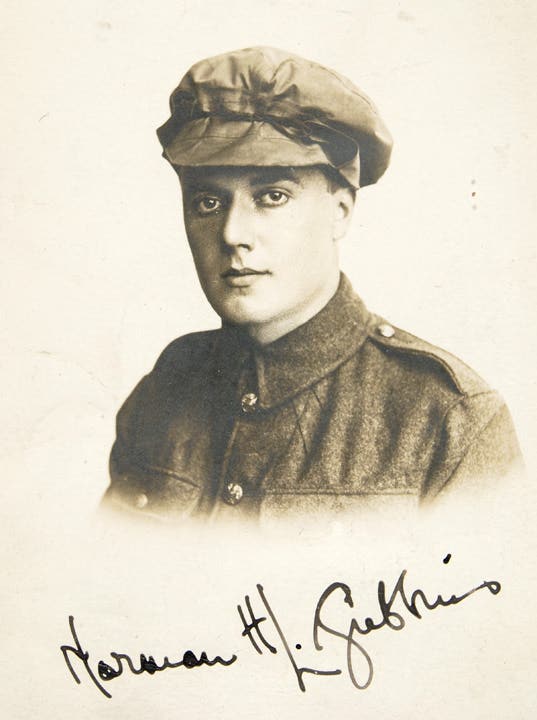
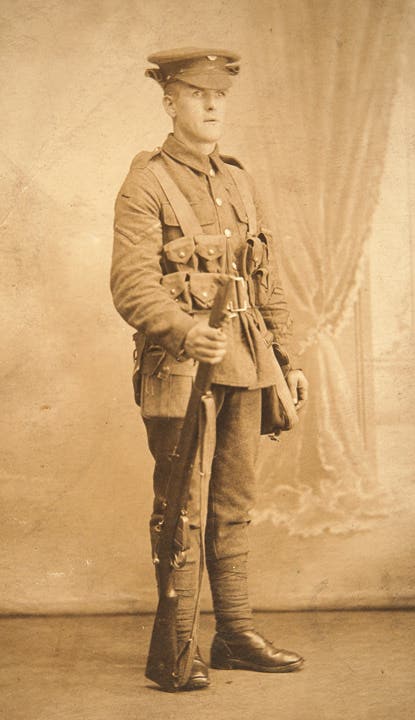
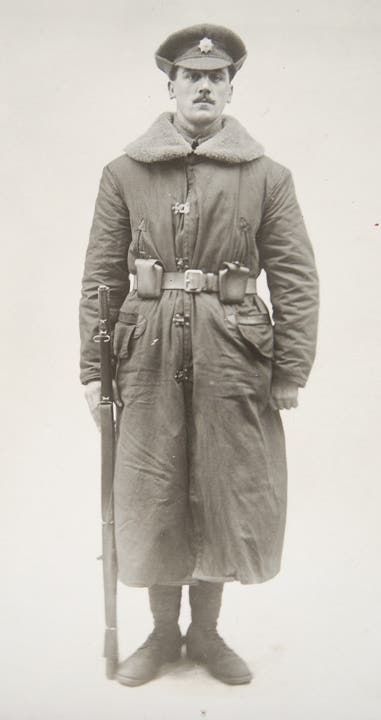
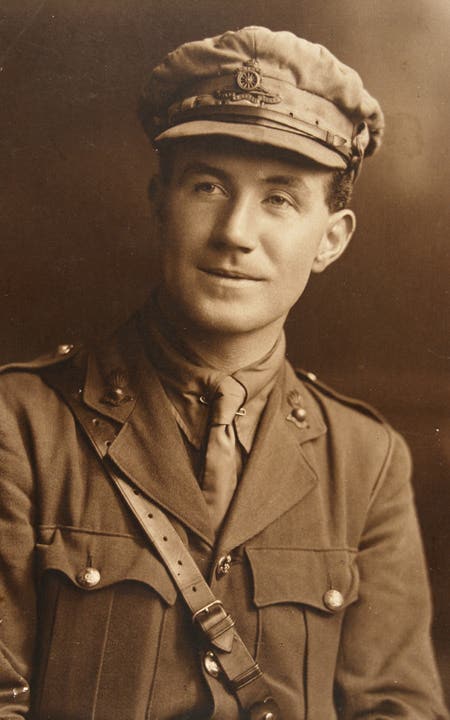
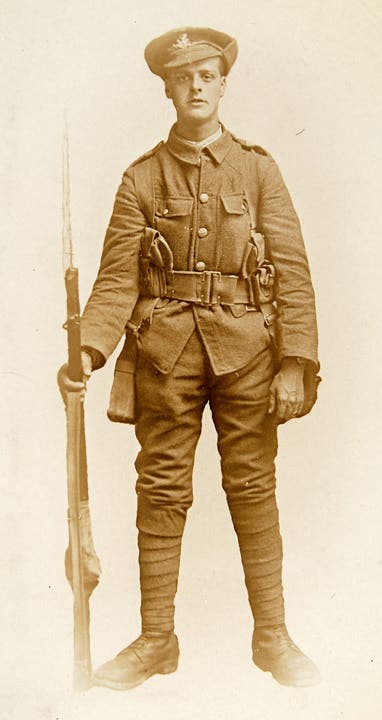
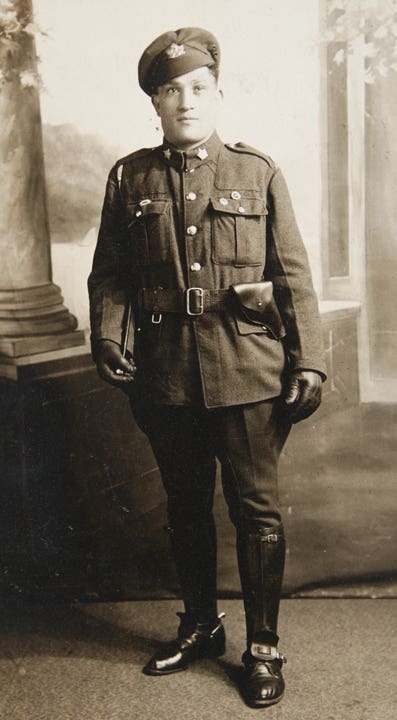
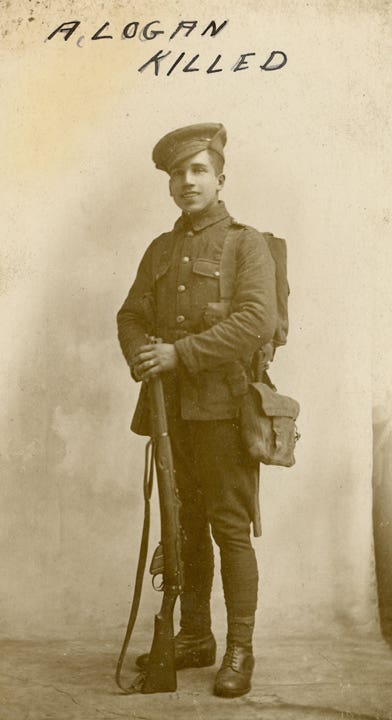
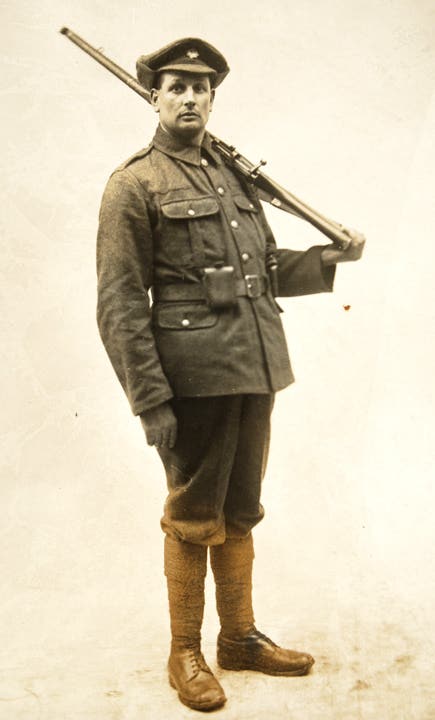
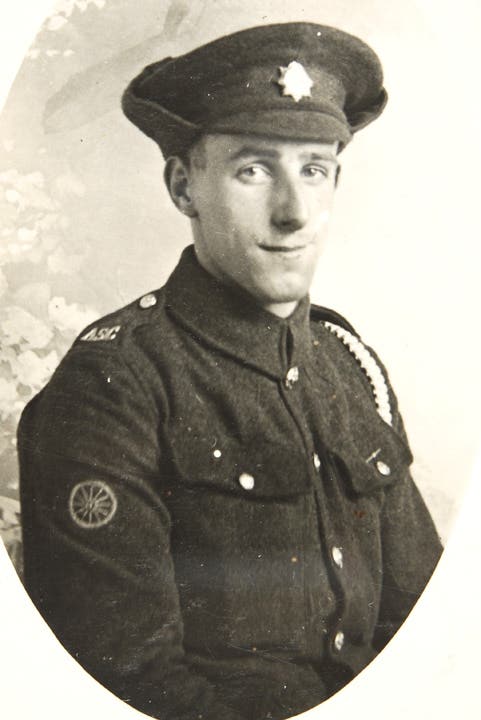
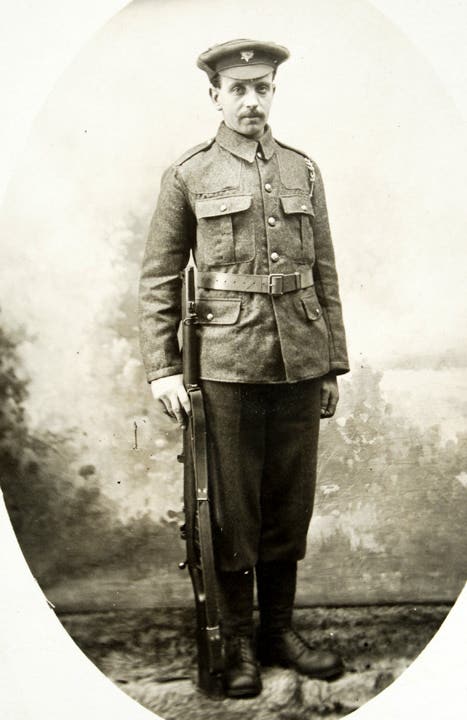
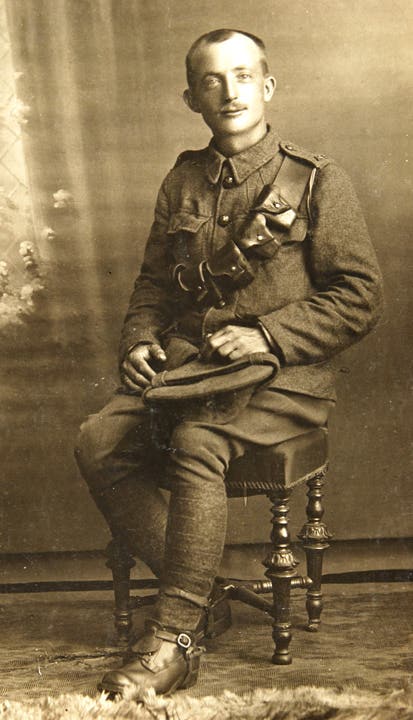
CONCLUSION
By the winter of 1917/1918, the cap affectionately referred to by its wearers as the “Gor Blimey” had faded from the fields of France. Because it was issued to only frontline, combat troops, the utilitarian cap came to symbolize the plight of Great Britain’s soldier in the field.
Commonly seen in the trenches during the winters of 1914, 1915 and 1916, today winter caps are extremely rare and found only in the most advanced WWI collections. Original examples fetch $2,500-$3,250, though great care must be exercised to insure a cap was not one made for theatrical purposes in the 1920 and 1930s. The latter are easily recognized linen or muslin lining with little or no padding.
However, the fortunate few who can add a winter cap to their collection are certainly entitled to exclaim, “Gor Blimey!”
You may also enjoy
*As an Amazon Associate, Military Trader / Military Vehicles earns from qualifying purchases.
John Adams-Graf ("JAG" to most) is the editor of Military Trader and Military Vehicles Magazine. He has been a military collector for his entire life. The son of a WWII veteran, his writings carry many lessons from the Greatest Generation. JAG has authored several books, including multiple editions of Warman's WWII Collectibles, Civil War Collectibles, and the Standard Catalog of Civil War Firearms. He is a passionate shooter, wood-splitter, kayaker, and WWI AEF Tank Corps collector.








